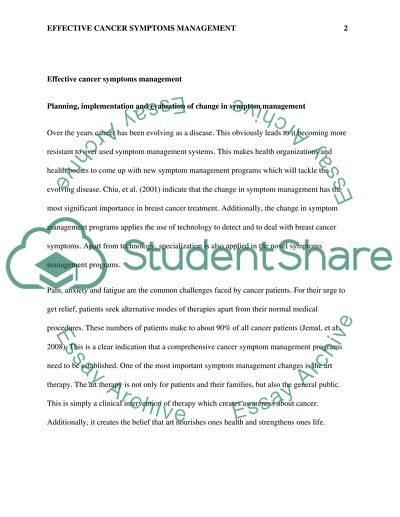Cite this document
(“Effective Cancer Symptoms Management Essay Example | Topics and Well Written Essays - 2500 words”, n.d.)
Retrieved from https://studentshare.org/nursing/1445750-critically-analyse-the-implementation-of-a-change
Retrieved from https://studentshare.org/nursing/1445750-critically-analyse-the-implementation-of-a-change
(Effective Cancer Symptoms Management Essay Example | Topics and Well Written Essays - 2500 Words)
https://studentshare.org/nursing/1445750-critically-analyse-the-implementation-of-a-change.
https://studentshare.org/nursing/1445750-critically-analyse-the-implementation-of-a-change.
“Effective Cancer Symptoms Management Essay Example | Topics and Well Written Essays - 2500 Words”, n.d. https://studentshare.org/nursing/1445750-critically-analyse-the-implementation-of-a-change.


